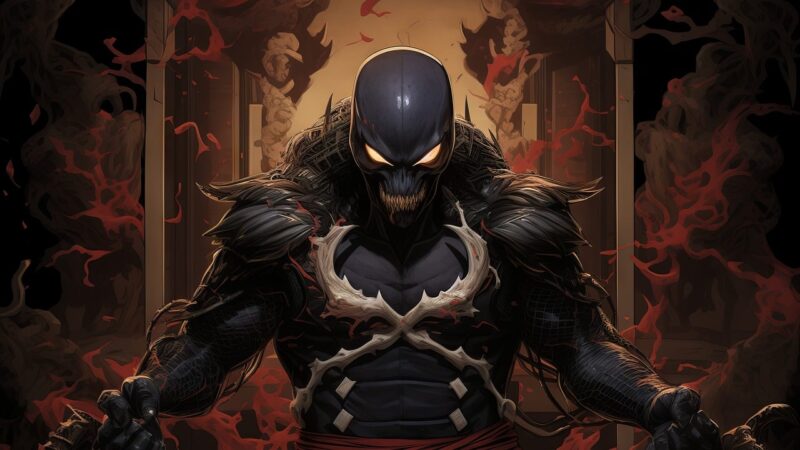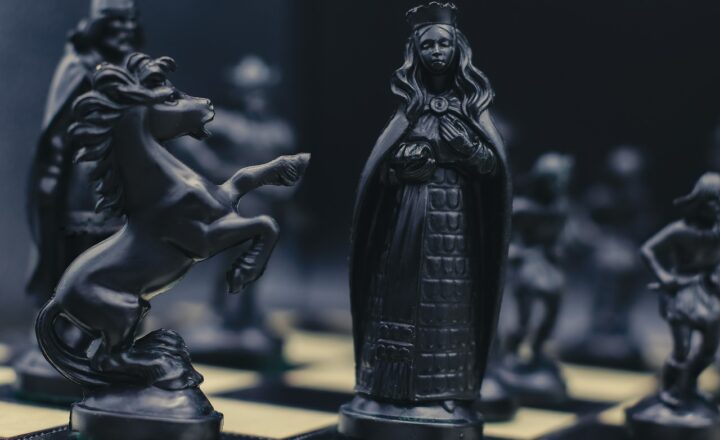The Origins of Superheroes in Different Cultures Around the World
November 14, 2024

The concept of superheroes is typically associated with American comic books; however, the origins of these larger-than-life figures span across various cultures and centuries. They symbolize hope, heroism, and the triumph of good over evil, captivating audiences around the globe.
In this article, we will explore how different cultures have produced their unique versions of superheroes and how these characters reflect the values and struggles within those societies.
1. The Roots of Superheroes
The idea of superheroes is not new. Various forms of heroic figures have existed in mythology and folklore for millennia. These characters often possess extraordinary abilities and engage in epic battles, designed to protect the innocent and pursue justice. Here, we will delve into some of the earliest examples of these figures.
- Mesopotamian Myths: One of the earliest known heroes is Gilgamesh from ancient Mesopotamia. As a demigod king, he embarked on adventures with great friends like Enkidu, confronting monsters and seeking immortality. His journey reflects the human struggle between life, death, and the search for meaning.
- Hindu Epics: In Hindu tradition, figures such as Rama and Krishna exemplify superhero qualities. The epic Ramayana follows Rama’s quest to rescue his wife, Sita, while the Mahabharata highlights Krishna’s divine intervention in the great war of Kurukshetra, underscoring themes of righteousness and justice.
- Greek Mythology: Greek mythology offers a wealth of superhero archetypes, including Hercules, known for his incredible strength and heroic tasks. His labors not only entertained but also embodied the struggle against overwhelming odds, a concept resonating with many cultures.
These early figures set the stage for the modern superhero, displaying the legendary qualities that would ultimately be adapted for contemporary audiences.
2. Modern Superheroes and Their Global Counterparts
Modern superheroes, popularized by comic books in the 20th century, have various counterparts around the world. These characters perform similar functions but embody local customs and beliefs.
- America: The iconic characteristics of American superheroes like Superman, Batman, and Spider-Man emerged during the Great Depression and World War II, reflecting society’s need for hope and security during turbulent times. These characters convey messages of justice, courage, and perseverance against social evils.
- Japan – Manga and Anime Superheroes: The popularity of superheroes in Japan can be traced to early manga and anime, such as Astro Boy in the 1950s. Characters like Sailor Moon and Spider-Man (Japanese version) highlight themes of friendship, duty, and sacrifice. Japanese superheroes often tap into spiritual aspects and personal growth, reflecting societal issues while intertwining with everyday life.
- Latin America – El Santo & Lucha Libre: In Mexican culture, the masked wrestler El Santo became a superhero figure, capturing the public’s imagination as he battled evil in the ring and on the silver screen. His iconic status emphasizes the importance of pride and tradition while serving as a cultural bridge between popular entertainment and folklore.
These superhero figures serve as reflections of cultural norms, societal values, and aspirations, adapting traditional mythologies to contemporary narratives.
3. Reflecting Cultural Values in Superheroes
Superheroes are more than just fictional characters; they often embody the values, struggles, and aspirations of the societies they represent. Here’s how specific traits resonate within different cultures:
- Native American Legend Keepers: In the Native American tradition, figures like the trickster Coyote or the hero Nanabozho teach lessons through their adventures. These characters foster a sense of ecological awareness and responsibility, reverberating with Indigenous knowledge systems and cultural heritage.
- African Mythological Heroes: African stories feature heroes like Anansi the Spider, who uses cleverness to overcome challenges. Such characters often symbolize resilience, community, and wisdom, showcasing the importance of storytelling and the collective culture.
- Asian Superheroes – The Importance of Duty: In many Asian cultures, the notion of duty and collective well-being is paramount. Superheroes such as Ultraman or the Sentai Rangers represent community heroes—swift protectors acting for the greater good, reminding audiences about sacrifice and selflessness.
These diverse representations enrich the superhero genre, connecting global audiences through universal themes while highlighting cultural specificity.
4. The Evolution of Global Superheroes
As globalization progresses, superheroes are evolving further, exchanging characteristics across cultures. The shift allows for a more inclusive representation of heroes, acknowledging diverse experiences and backgrounds.
- Diverse Representation: Modern productions increasingly showcase superheroes from various backgrounds, championing diversity in race, gender, and sexual orientation. Characters like Ms. Marvel (Kamala Khan) and Black Panther (T’Challa) highlight underrepresented voices while cultivating worldwide recognition and appreciation for multicultural narratives.
- Cross-Cultural Collaborations: Current comic book industries embrace collaborations that fuse international heroes into vibrant team-ups, like the ¡Avengers! in Latin America and the integration of Eastern influence in Western narratives. These collaborations expand audience access and foster cultural exchanges.
- Digitization and Streaming: The rise of the internet and streaming platforms allows for global access to superhero stories. Viewers can engage with narratives from different cultures, fostering understanding and appreciation of diverse heroism through films and animated series encompassing various traditions.
As superheroes transcend borders, they adapt to reflect a multicultural world while encapsulating the universality of hope and heroism, resonating with audiences on a global scale.
5. Conclusion: The Timeless Appeal of Superheroes
The enduring appeal of superheroes across cultures highlights their role as symbols of hope, resilience, and virtue. They tell remarkable stories that reflect humanity’s struggle against adversities, bridging gaps between diverse cultures through shared themes of courage and justice.
As we journey through time, from ancient legends to modern-day narratives, the evolution of superheroes continues to captivate audiences. Readers and viewers find inspiration and empowerment in these characters, reminding us that even in our differences, the desire for justice and heroism remains a universal aspiration.
Embracing and exploring superhero narratives from various cultures can enhance our understanding of global histories, traditions, and collective struggles, revealing a tapestry rich with stories that bind humanity together.
Whether it be in comics, films, or folklore, superheroes resonate with hope for a better future, teaching us that we possess the strength to rise against adversity, shaping society, one heroic act at a time.








